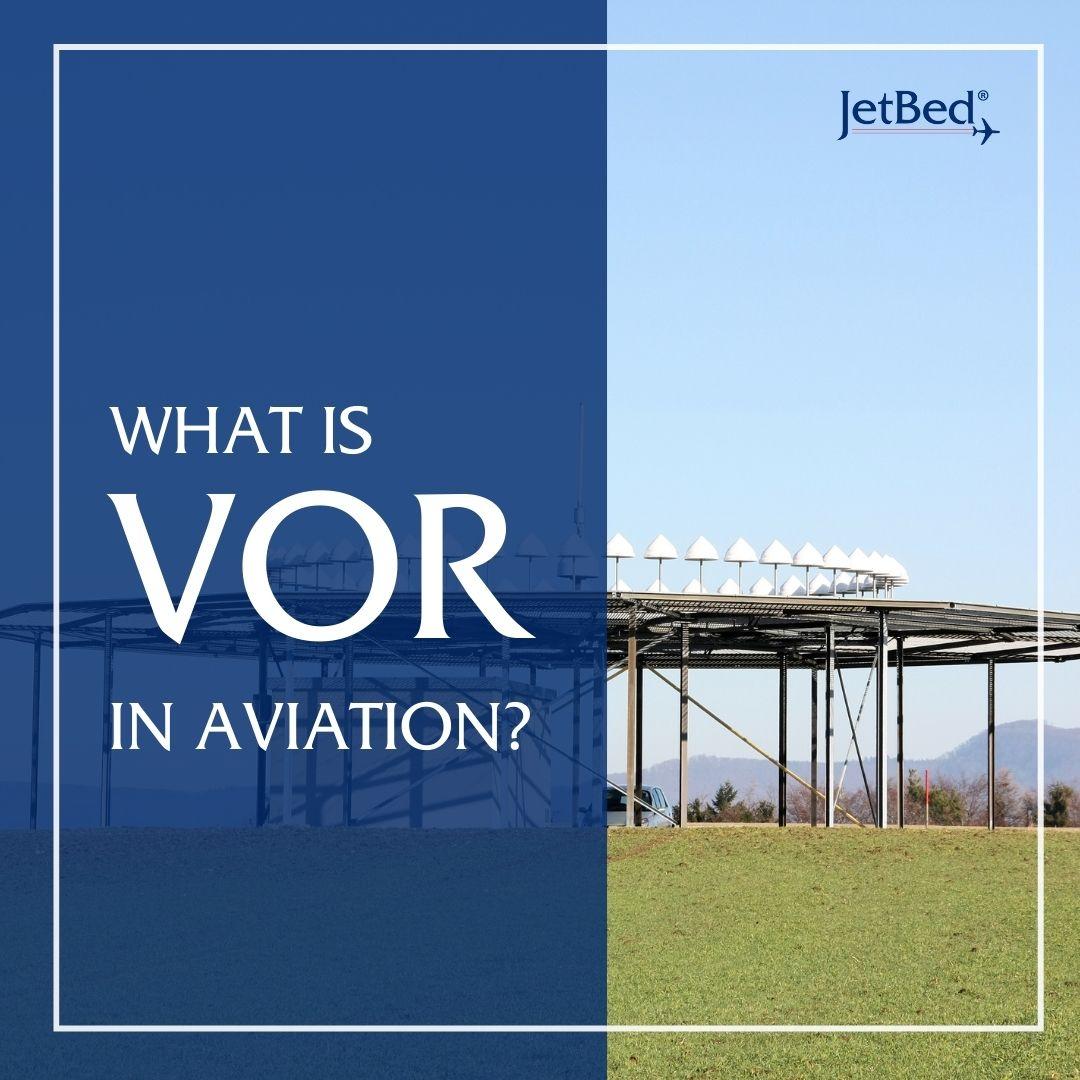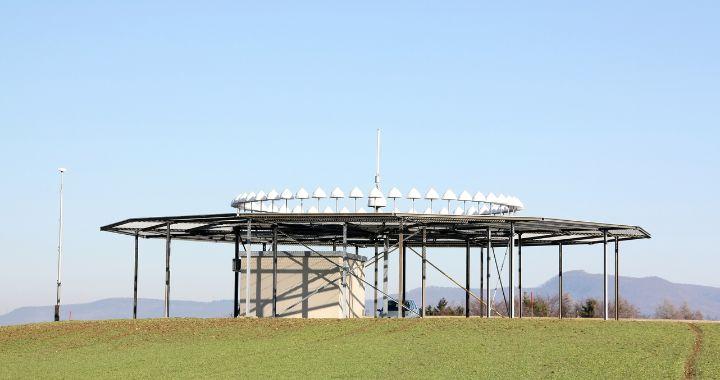As an aspiring pilot, there are many essential components of aviation that must be understood to safely and efficiently navigate aircraft. Learning about navigation aids like VOR (VHF Omnidirectional Range) is crucial for maximizing available features and ensuring a smooth flight experience. Today’s post will delve into what VOR is in aviation by examining its components, mechanics, functions, and more.
But before you dive in, be sure to check out our range of Jetbeds. Made in the USA, Jetbeds are the most comfortable way to fly!

What is VOR in Aviation?
VOR is a vital type of navigation system that has played a pivotal role in aviation since the mid-20th century. Using high frequency radio signals in the 108.0 mhz and 117.95 mhz range, VOR stations enable aircraft to determine their position in relation to VOR stations through omnidirectional range signals.
This ground-based system serves as one of the primary means pilots navigate cross-country flights along predetermined airways connecting airports. With a basic understanding of how VOR works, pilots can confidently utilize its functionality for precise positioning awareness.
VOR Definition
VOR stands for VHF Omnidirectional Range. Sometimes abbreviated as “Victor Oscar Romeo,” VOR is a ground based electronic navigation system that provides azimuth guidance to pilots. Through continuous transmission of two high-frequency signals, VOR stations serve as waypoints enabling aircraft to determine their position in relation to ground-based transmitters along airways. With over 900 installation locations across the United States, this network of VOR stations supports daily flight operations.
Aviation charts like the US sectional chart graphically depict VOR stations as purple circles with an attached frequency. This allows pilots to quickly identify navigation aids along their route of flight. Additional details include the identifier code broadcast in morse code below the frequency in parentheses.
Studying VOR coverage within the intended flying area will help visualize airways and how these systems allow pilots to plan direct routes while maintaining course guidance. With practice identifying stations portrayed on charts, pilots gain confidence utilizing real-time VOR information during flight.

VOR Components
The core components that comprise VOR include:
Morse Code Identifier
Each VOR station broadcasts a unique two-letter identifier in Morse code every 30-60 seconds for identification purposes. This helps pilots confirm which VOR station they are receiving a signal from.
Horizontal Situation Indicator (HSI)
The HSI is the primary flight deck instrument displaying VOR information to the pilot. It shows the airplane’s VOR bearing from the station and course deviation.
Omni Directional Range
Located at the VOR station, this antenna transmits “omnidirectional” range signals in all directions for 360 degrees coverage.
Very High Frequency (VHF) Radio
VOR utilizes VHF frequencies, specifically 108.0-117.95 mhz, to transmit signals over relatively short distances line-of-sight.
How A VOR Navigation System Works
At the VOR ground station, two radio signals are continuously transmitted a reference signal radiated in all directions, and a variable signal rotating at a set rate around a 360-degree axis. As the aircraft flies, the VOR receiver measures the phase difference between the received signals to determine the magnetic bearing “to” or “from” the station.
The horizontal situation indicator (HSI) then presents this bearing information. From there, the pilot can evaluate their position and course deviation to stay aligned with the desired airway. VOR utilizes a simple system of omni-directional range signals to provide reliable azimuth guidance to pilots during all phases of flight. This essential navigation aid has assisted countless flights over its multi-decade tenure in aviation.
It’s important for pilots to account for magnetic variation, the difference between true and magnetic north. While VOR Courses are defined in reference to true north, the onboard magnetic compass displays magnetic north, which may be off by several degrees east or west. The consideration of this variation becomes imperative when establishing the desired track using the VOR system’s Course Deviation Indicator (CDI) or Horizontal Situation Indicator (HSI). Failure to properly apply magnetic variation can lead to unintended lateral deviations from the VOR defined airway. Careful preflight planning minimizes potential for nav errors when relying on VOR guidance.

VOR vs VORTAC
While VOR serves as a standalone navigation system, it is often combined with Tactical Air Navigation (TACAN) capabilities to create VORTAC navigation aids. As described in a previous post about “What is a VORTAC in Aviation?”, this hybrid system leverages both VOR azimuth guidance and TACAN’s addition of distance measuring equipment (DME) functionality.
VOR primarily offers bearing information from its navigation station, whereas VORTAC stations amalgamate VOR with TACAN to also include a DME that allows determining distance from the ground location. TACAN systems are more oriented towards military use compared to civil aviation VOR applications.
Overall, VORTAC provides an enhanced suite of omni-directional range, tactile air navigation, and distance measuring in a single package improving accuracy for pilots during low visibility operations or instrument flight procedures. Understanding both VOR and VORTAC fundamentals is key for any pilot wishing to maximize available navigation resources.
VORTAC is a crucial navigation system used in both civil and military aviation.
In summary, VOR has long served as a dependable electronic navigation system enabling enroute flights by providing continuous azimuth guidance from ground-based stations. Understanding VOR components, how it works, displaying information on the HSI, identifying stations on charts, and applying magnetic variation are all important parts of the pilot’s VOR work.
Whether utilizing standalone VOR or blended systems like VORTAC, mastery of these VOR signals maximizes the benefits of such essential aviation navigation aids. Proper training in VOR fundamentals builds confidence that pilots can rely on this time-tested VOR system to fulfill its primary purpose navigating aircraft safely along predetermined airways.
For more information on all things around aviation technology from answers to questions like What is AQP in Aviation? to updates on Safety Management Systems in Aviation, check out our blog. And, if you’re looking for an easy and convenient tool that will help you and your crew avoid flight fatigue, explore our fleet of JetBeds to find the one that best fits your aircraft.

